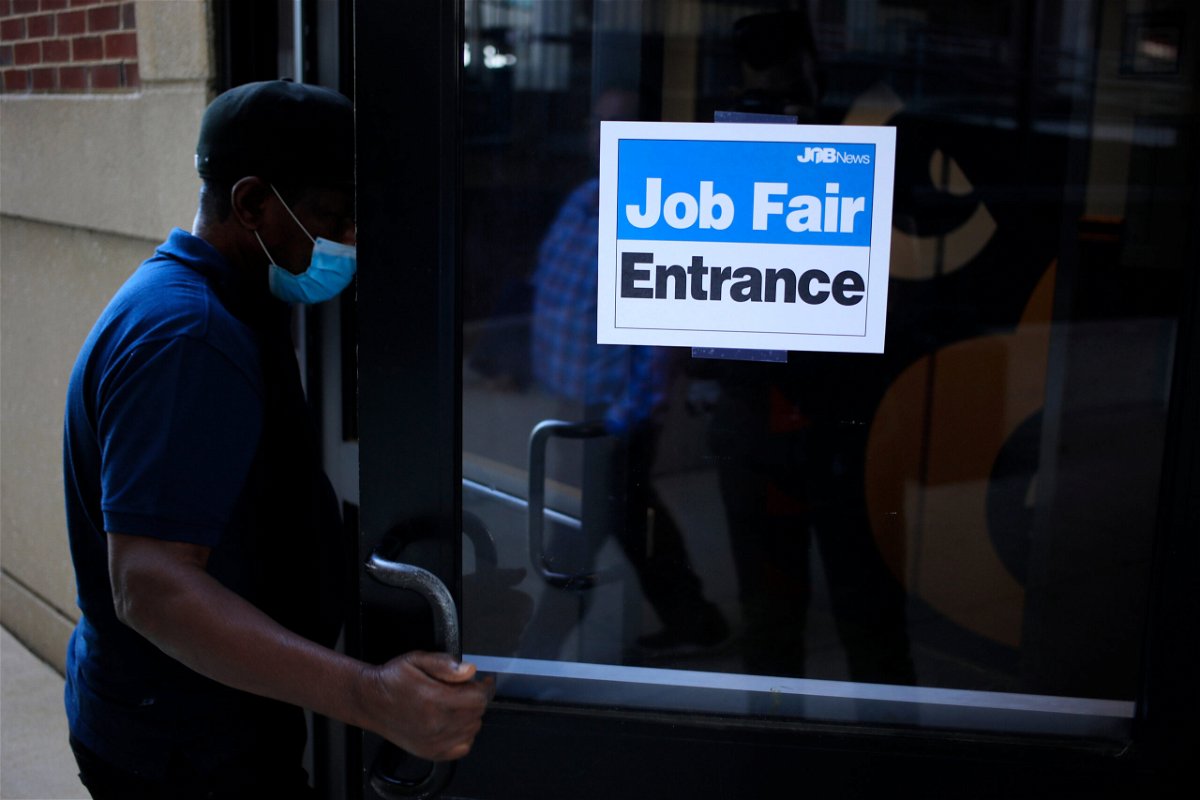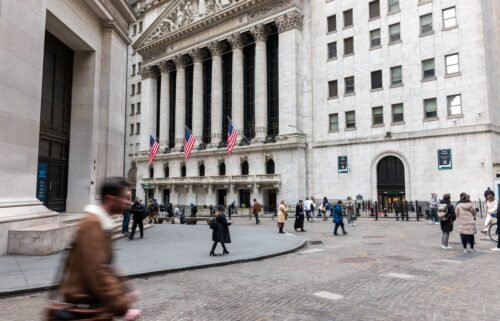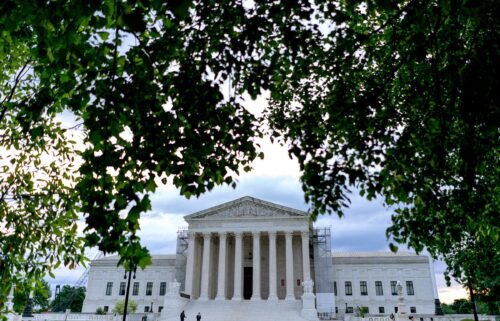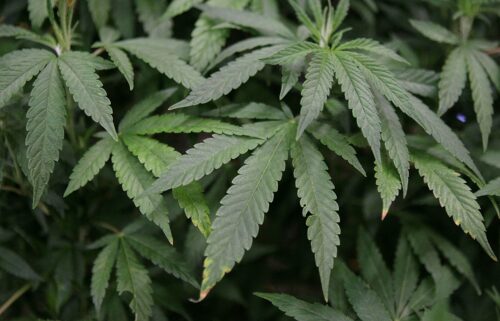The big picture on jobs is still grim

The labor market is a long way from making a complete recovery.
By Charles Riley and Hanna Ziady, CNN Business
It’s been roughly 18 months since the coronavirus pandemic started wreaking havoc on the US economy. The labor market is a long way from making a complete recovery.
One big problem: Millions of open jobs are going unfilled, despite high levels of unemployment.
Companies had 9.2 million open jobs in May, according to government data, the highest number on record going back to 2000. The latest US jobs report, released Friday, revealed that 8.7 million people were unemployed in July, while another 6.5 million people weren’t in the labor force but wanted jobs.
“It’s a really unusual situation to have — to have the ratio of vacancies to unemployed be this high,” Federal Reserve chair Jerome Powell told reporters last month.
What gives? The labor market is really complicated, and it’s not always obvious why companies and workers do the things they do. But there’s clearly a disconnect between the jobs that are available, the compensation they offer, and what workers are looking for.
If we look at the big picture, perhaps it’s not surprising that the labor market is taking a while to recover. The pandemic has drastically changed how we live and how companies do business. Some industries have benefited, others have been crushed.
Consider:
- Many workers are struggling with school and childcare arrangements.
- Jobs in retail and hospitality carry a new level of health risk.
- Some workers have relocated.
- Job seekers may not be willing to resume commuting.
- Millions are afraid of being exposed to the coronavirus.
- Workers may not have the right skills for jobs in new growth industries.
- Unemployment benefits could allow some workers to wait longer for the right job.
These factors help explain why the unemployment rate is still 5.4%, compared to 3.5% in February 2020 before the pandemic arrived. The so-called “real” unemployment rate, which includes people who want to work but aren’t actively looking, is closer to 10%.
Intervention needed: Policymakers will need to find ways to address the crisis if it drags on much longer. The Fed doesn’t have a silver bullet, and the central bank could use more help from Congress.
Powell said some people may be reluctant to work because they fear exposure to the coronavirus, or because they want to protect a vulnerable family member. Others, he said, may be be acting as caretakers for children or elderly relatives.
“All of those factors should wane,” he added. “I think the bottom line on this is people want to work. If you look at where labor force participation can get, people will go back to work unless they retire. Some people will retire. But, generally speaking, Americans want to work; and they’ll find their way into the jobs that they want. It may take some time, though.”
The virus is still a problem for offices
America’s slated post-summer office reopening has been thrown off course by surging coronavirus infections linked to the Delta variant.
What’s happening: A slew of major companies — including Google, BlackRock, Wells Fargo and CNN — have told employees that they will no longer be expected back at their desks next month and should prepare for an October return.
Amazon has pushed its office reopening out even further, telling CNN Business this week that corporate workers in multiple countries, including the United States, will not be expected back until January 2022. Ride-hailing app Lyft has delayed its office return until February, Bloomberg reported last month.
What it means: The delays will deal a serious blow to the restaurants, bars, dry cleaners and thousands of other small businesses that depend on city-center foot traffic for survival. It will also pile more pain on airlines, hotels and conference venues, already hard hit by the pandemic.
“There’s no upside to any of this,” Mark Zandi, chief economist at Moody’s Analytics, told my CNN Business colleague Matt Egan. “The question is how serious the economic downside is.”
Some good news: Despite the about-face by corporations, workers are still gearing up to head back into the office eventually. At the same time, university students are preparing for the start of the new academic year.
In London, rental values rose month-on-month in July for the first time since the start of the pandemic, according to Knight Frank. Activity is also picking up around the city’s business districts, with inquiries from agencies that specialize in relocating companies and executives reaching their highest level last month since November 2019, the consultancy said in a report Friday.
“The see-saw of high supply and low demand is tipping back the other way,” commented Tom Bill, Knight Frank’s head of UK residential research. “Demand is coming from multiple sources and rental values are getting stronger as a result.”
Virgin Galactic is selling space trips for $450,000
Virgin Galactic is reopening ticket sales for the first time in years, giving anyone who can afford it the chance to reserve a seat on the company’s rocket-powered suborbital space plane.
Price to pay: A flight to space will set you back $450,000 — more than double the price of tickets sold a decade ago, my CNN Business colleague Jackie Wattles reports.
The news comes after Virgin Galactic founder Richard Branson took a supersonic joy ride aboard the space plane after more than a decade of pledging to be among the first to test out the technology. The company now says it’s prepared to begin commercial operations in 2022.
Buyer beware: People who do opt to fork out the cash for a seat may have to wait quite a while for their turn. More than 600 people who purchased tickets for between $200,000 and $250,000 when Virgin Galactic sold its first batch nearly 10 years ago are already on the waiting list for their chance to take a trip to the edge of space.
And about 1,000 more people have put down a $1,000 deposit to secure early access to the latest batch of tickets.
What to expect: SpaceShipTwo will offer customers an hour-long total experience, complete with views of the Earth from a vantage point 50 miles above the planet’s surface.
Up Next
ING, Allianz, London Stock Exchange Group, American International, DraftKings, Goodyear Tire and Norwegian Cruise Line report earnings before US markets open.
Also today:
- US jobs report for July.
- Ecommerce company Bukalapak pulls off Indonesia’s biggest IPO.
Coming next week: Earnings from Airbnb, Disney and AMC Entertainment.
The-CNN-Wire
™ & © 2021 Cable News Network, Inc., a WarnerMedia Company. All rights reserved.



